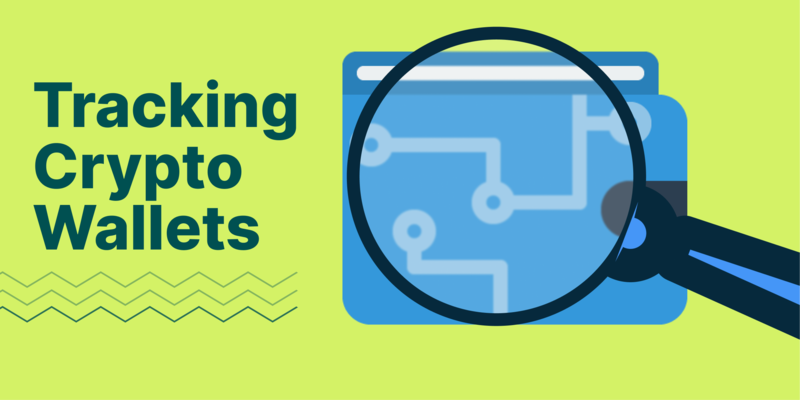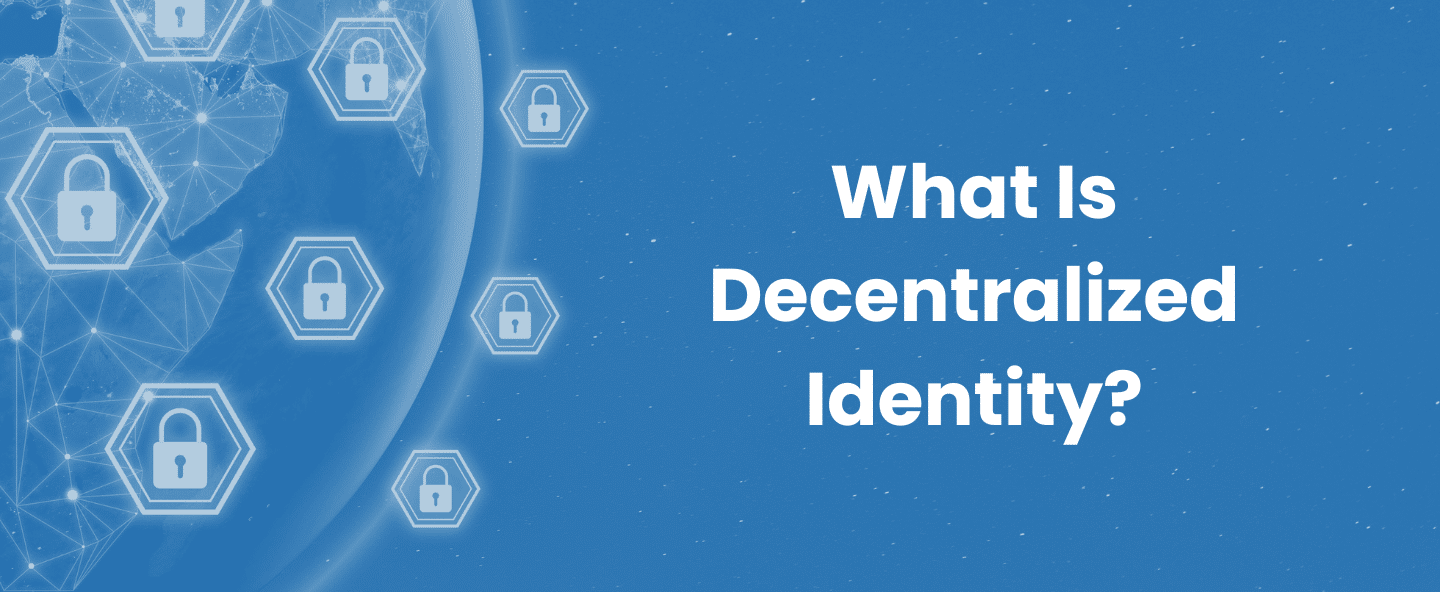🔎 Is It Possible to Track the Movement of Cryptocurrency Funds Between Wallets?
Tracking the flow of cryptocurrency between wallets is not only possible—it’s actually one of the most powerful features of blockchain technology. Whether you’re trying to monitor your own wallet activity, follow large transactions from crypto whales, or even trace stolen funds, blockchain explorers provide full transparency.
In this blog post, we’ll explore how crypto tracking works, which tools you can use, how much information you can uncover, and the real-world uses of wallet monitoring.
💡 What Makes Crypto Trackable?
Most cryptocurrencies, including Bitcoin, Ethereum, and BNB, operate on public blockchains. Every transaction is stored in a distributed ledger that anyone can access at any time.
Each crypto transaction includes:
- Sender and receiver wallet addresses
- Amount of cryptocurrency transferred
- Timestamp of the transaction
- Transaction ID (TxID)
- Associated fees
All of this is visible to the public through blockchain explorers. This makes it possible to trace the journey of a coin from one wallet to another, sometimes across dozens of hops.
🔧 Tools to Track Crypto Wallet Activity
If you’re wondering how people view blockchain data, here are the most commonly used free tools:
🧭 Blockchain Explorers
These are websites that let you search and view details of blockchain transactions.
- Bitcoin: Blockchain.com Explorer
- Ethereum: Etherscan.io
- BNB Smart Chain: BscScan.com
- Polygon: Polygonscan.com
You can:
- Search a wallet address and see balances
- View full transaction history
- See tokens and NFTs held
- Track funds in and out
🕵️ What Can You See When Tracking Wallets?
Here’s what information is available publicly:
| Data Type | Visibility |
|---|---|
| Wallet address | ✅ Public |
| Transactions history | ✅ Public |
| Tokens/NFTs held | ✅ Public |
| Real-world identity of the user | ❌ Not public |
| Passwords or keys | ❌ Not public |
Unless a wallet address has been voluntarily linked to a name (e.g., on social media or through a crypto exchange), you won’t know exactly who owns it. This is what makes crypto pseudonymous, not anonymous.
🔍 Step-by-Step Example: Tracking on Etherscan
Let’s say you want to monitor Wallet A that just received 10 ETH.
- Go to Etherscan.io
- Paste the wallet address into the search bar.
- See:
- Current ETH balance
- Token balances (e.g., USDT, NFTs)
- Transaction history
- Click on any TxID to view full details.
- Click the recipient address to follow the trail further.
You can repeat this process to follow funds across multiple wallets.
🔒 What About Privacy Coins?
Some coins are designed to hide transactions:
- Monero (XMR): Uses ring signatures and stealth addresses to make transactions nearly untraceable.
- Zcash (ZEC): Offers optional privacy features through shielded transactions.
Tracking these coins is much more difficult and often requires advanced tools or legal access.
⚠️ What Makes Tracking Difficult?
Even with public blockchains, there are tools and techniques that make tracking harder:
1. Mixers and Tumblers
Tools like Tornado Cash mix your coins with others, breaking the trail of where your funds came from.
2. Centralized Exchanges
When crypto is sent to an exchange, it becomes part of a large pool of funds. You can’t see individual account balances inside exchanges.
3. Cross-Chain Bridges
Moving funds between blockchains (e.g., from Ethereum to Avalanche) requires tracking both sides of the bridge—a more complex process.
👮 Real-World Use Cases of Wallet Tracking
✅ Law Enforcement
Authorities use tracking to:
- Trace ransomware payments
- Investigate scams
- Seize funds involved in illegal activity
✅ Hack Recovery
Victims of exchange hacks or phishing scams often hire firms like Chainalysis or Elliptic to trace the stolen crypto.
✅ Whale Monitoring
Websites like Whale Alert publish notifications when large transactions happen. This helps traders and analysts make decisions.
🔐 How to Protect Your Privacy (Legally)
If you’re concerned about being tracked:
- Use different wallet addresses for different purposes.
- Avoid reusing addresses.
- Don’t publicly share your wallet address.
- Use non-custodial wallets for private transactions.
⚠️ Important: Always comply with crypto regulations in your country when handling digital assets.
🧾 Summary: Can You Track Crypto Between Wallets?
| Feature | Public Blockchains | Privacy Coins |
|---|---|---|
| Transaction History | ✅ Yes | ❌ No |
| Wallet Balances | ✅ Visible | ❌ Hidden |
| Identity of Wallet Owner | ❌ Not shown | ❌ Not shown |
| Tools for Tracking | ✅ Many | ❌ Limited |
📌 Final Thoughts
Yes, you can track cryptocurrency movements between wallets—and it’s often easier than most people think. Whether you’re a curious investor, a concerned victim, or a blockchain analyst, public blockchains offer full visibility.
Thanks to free tools like Etherscan and BscScan, anyone can follow the digital breadcrumbs of crypto transactions in real-time. Just remember: while wallets are traceable, identities are not—unless someone makes that link public.




